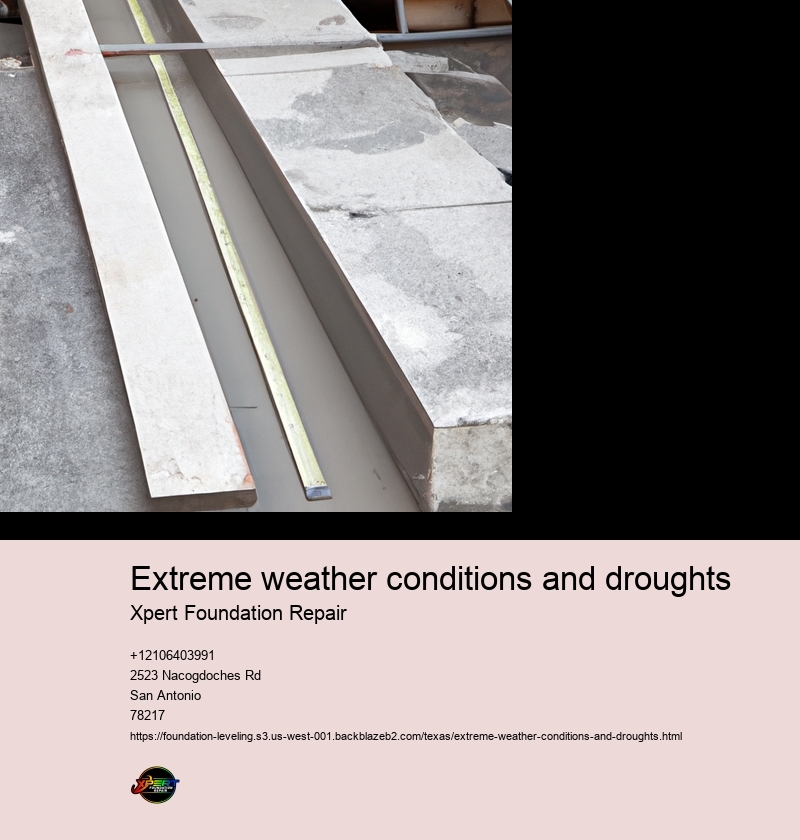Extreme weather conditions and droughts
Extreme Weather Conditions and Droughts: A Growing Global Challenge
In the tapestry of Earth's climate, extreme weather conditions and droughts stand out as particularly stark threads, weaving patterns of disruption, challenge, and change across the globe. As our planet continues to warm due to human activities, these events are occurring with increased frequency and intensity, reshaping lives and landscapes with their formidable presence.
Extreme weather takes many forms from the fury of hurricanes to the scorching heat of heatwaves, from torrential rains that lead to floods to the bitter cold snaps that can freeze infrastructure in its tracks. Each type has its own set of consequences, but together they share a common trait: the ability to push both natural systems and human societies beyond their limits.
One of the most profound impacts of extreme weather is its capacity for destruction. Hurricanes and typhoons barrel through coastal communities with winds that can exceed 150 miles per hour, tearing homes from their foundations and uprooting lives as easily as trees. Floods wash away fertile soil, ruin crops, and take a heavy toll on freshwater systems. Heatwaves exacerbate wildfires that ravage forests and homes alike while also posing serious health risks especially for vulnerable populations such as children, the elderly, and those with preexisting medical conditions.
Droughts prolonged periods of abnormally low rainfall are another face of extreme weather that can be equally devastating though often less dramatic in immediate appearance. Their impact is insidious; creeping into ecosystems and agricultural areas slowly but steadily. Water sources dwindle; crops fail; food shortages emerge. The knock-on effects are multifaceted: economic stress for farmers leads to increased prices for consumers; wildlife struggles or migrates in search of water; forest fires find fuel in parched lands.
The causative links between human-induced climate change and extreme weather events have been established firmly by scientific research. The increase in greenhouse gases in our atmosphere traps more heat around Earth's surface leading not only to higher average temperatures but also more erratic climatic behavior. Warmer air holds more moisture which can result in heavier rainfall during storms but also contributes to drier soils during periods without precipitation.
This new reality poses profound challenges for humanity. Infrastructure must be adapted or rebuilt entirely to withstand stronger storms or longer periods without rain. Agriculture needs innovative approaches like drought-resistant crops or smarter water management techniques if it is going to feed an ever-growing population under increasingly hostile growing conditions.
More than just physical adaptation however we require societal resilience: robust emergency response plans; social safety nets for those hit hardest by disaster; education about risks associated with extreme weather so communities can prepare effectively.
Yet among all these responses there lies an imperative even greater mitigation efforts aimed at reducing greenhouse gas emissions which drive this climactic upheaval must be implemented on an international scale if we hope to curb further intensification of these phenomena.
As we stand today confronted by the stark realities brought forth by extreme weather conditions and droughts we find ourselves at a crossroads where action or inertia will determine much about future generations' quality of life on Earth. It is a challenge as immense as it is urgent yet one thing remains clear: failure to address it now only invites harsher trials later down this warming road upon which we've embarked inadvertently yet undeniably together.
